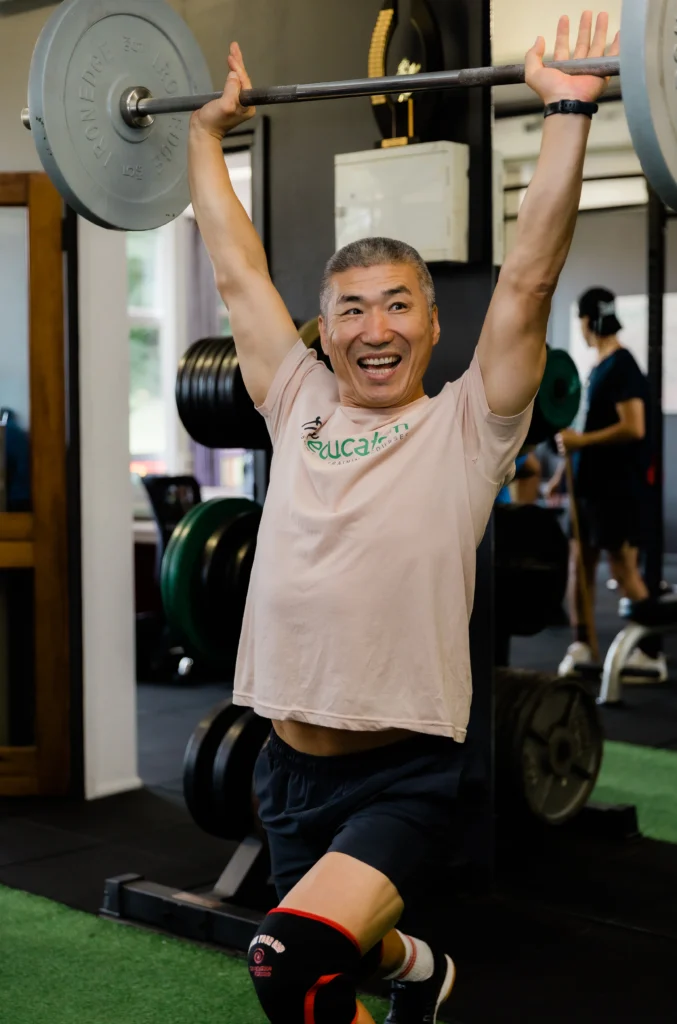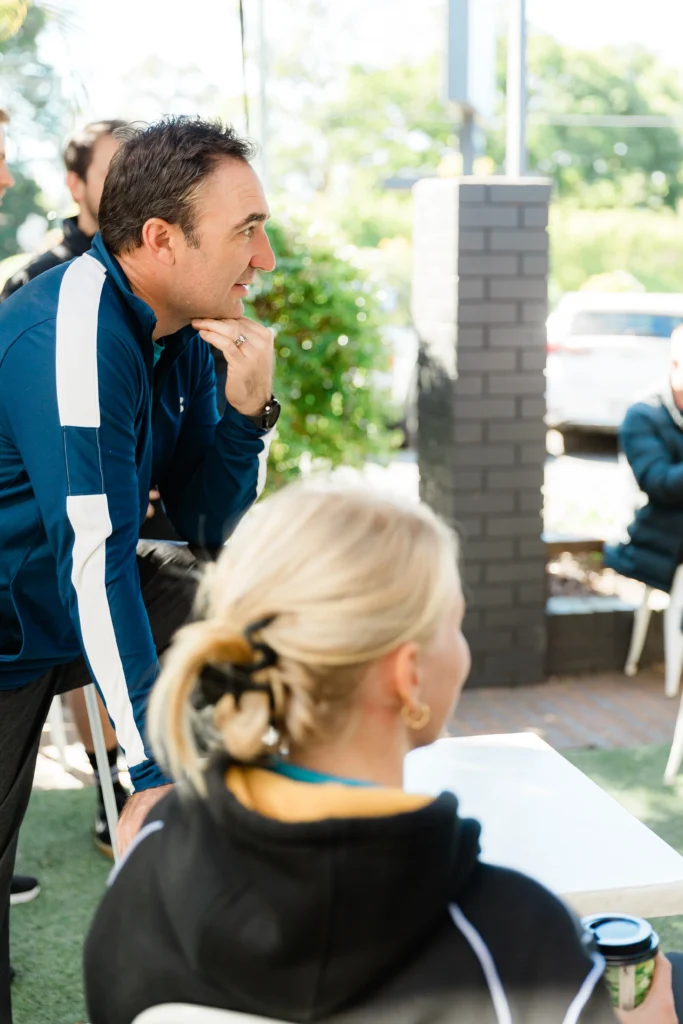Steve Nance.
What is the financial cost of poor health and lack of fitness? Aus Active, the peak fitness body within Australia, has put forward a comprehensive submission aimed at improving fitness levels across the nation. This proposal employs a two-pronged approach designed to incentivise both employers and individuals to engage in regular physical activity to maintain a healthier lifestyle.

Key Components Of The Proposal
Firstly, Aus Active advocates for the government to grant employers an exemption under the Fringe Benefits Tax (FBT) legislation. This exemption would enable employers to provide their staff with gym memberships without facing tax penalties. Secondly, the proposal seeks to allow Australians to claim an income-based deduction for bona fide active health participation and gym memberships.
In simple terms, the proposal suggests that employers should be able to pay for their employees’ gym memberships without incurring additional taxes, and individuals should be able to claim their gym membership expenses and other fitness-related activities as tax deductions. Both of these measures are straightforward and beneficial for everyone involved.
The Value of Prevention Over Cure
The age-old adage “Prevention is better than cure” is highly relevant in this context. Whether in sport or fitness, preventing injuries (known as prehabilitation or prehab) is far more effective, both in terms of cost and performance, than treating injuries after they occur (rehabilitation or rehab). This principle underscores the importance of proactive health measures and the potential savings in healthcare costs that can result from a healthier population.
Numerous studies highlight the benefits of fitness in workplace productivity. These benefits include reduced absenteeism, improved general health, increased productivity, and enhanced overall wellness. By investing in fitness and personal training programs, both employers and employees can reap significant rewards.
Learning From International Examples
In 2007, during my tenure as the Performance Director at Fulham FC in the English Premier League, I had the opportunity to present at the UK Strength and Conditioning Association’s Annual Conference. Before my presentation, I attended a talk on high performance in Nordic sports given by a renowned Swedish professor, and strength and conditioning coach. This expert, who was a legend in the field of sports performance, shared insights from a five-year study he supervised in a medium-sized town in Sweden.
The study aimed to assess the benefits of providing free fitness and medical services, equipment, and other resources to the general population. The results were impressive, demonstrating a significant reduction in doctor visits, absenteeism, and hospital admissions. This project, entirely sponsored by the government, provided compelling evidence of the positive impact of accessible fitness resources on public health.
The Swedish professor encouraged me to advocate for similar initiatives in Australia. Inspired by his advice, my company developed a detailed proposal and presented it to the Queensland Government. Unfortunately, due to changes in government leadership, the proposal was lost in the system. A similar proposal submitted to the Federal Government also faced setbacks due to election-related priorities and subsequent changes in administration.
The Need For Government Support
Despite these setbacks, the need for government support in promoting fitness and health remains critical. Currently, 75% of Australians do not meet the Government’s fitness guidelines. Addressing this issue requires a collaborative effort to make fitness resources more accessible and affordable for all Australians. The Aus Active proposal, if implemented, could play a significant role in achieving this goal.
The most costly health problems in Australia, including coronary heart disease, mental health issues, high blood pressure, type II diabetes, and osteoporosis, are largely caused by inactivity and poor diet. By promoting regular physical activity through fitness courses and personal training programs, we can prevent these conditions and significantly reduce healthcare costs.

Financial Impact of Health Issues in Australia
The financial impact of these health problems is staggering. Data from 2018-2019 highlight the substantial costs associated with preventable health issues:
- Coronary Heart Disease: $369 million
- Mental Health: $319 million
- High Blood Pressure: $560 million
- Type II Diabetes: $129 million
- Osteoporosis: $81 million
- Total: $1.7 billion
These figures underscore the urgent need for proactive measures to promote fitness and prevent disease. By implementing the Aus Active proposal, the government can encourage a culture of health and wellness, ultimately leading to a healthier, more productive population and significant savings in healthcare costs.
Moving Forward with the Aus Active Proposal
The Aus Active proposal represents a common-sense approach to addressing the nation’s fitness challenges. By providing tax incentives for gym memberships and fitness activities, the government can make it easier for Australians to prioritise their health. This, in turn, can lead to a more active, healthier population and reduce the burden on the healthcare system.
It is essential for the government to recognise the long-term benefits of such initiatives and take decisive action. The success stories from international examples, such as the Swedish study, provide a compelling case for implementing similar programs in Australia.
In conclusion, the Aus Active proposal offers a practical, cost-effective solution to improve national health and fitness. By investing in personal instructor programs, we can create a healthier, more productive society. Let us hope that this proposal gains the traction it deserves and leads to meaningful change in Australia’s approach to health and fitness.
RELATED ARTICLE:
Lessons Learned from a Career in Elite Sport and Fitness: Insights from an Expert.https://fiteducation.edu.au/2024/06/14/lessons-learned-from-a-career-in-fitness-insights-from-a-personal-trainer/
HOW TO BECOME A COACH/MENTOR PARTNER WITH FIT EDUCATION: https://fiteducation.edu.au/2023/10/07/blog-become-a-mentor-coach-partner-with-fiteducation/

One Response